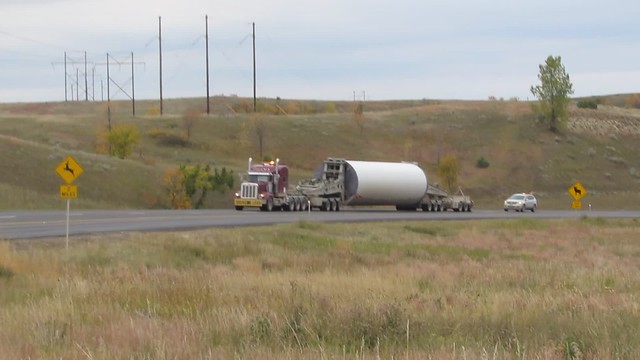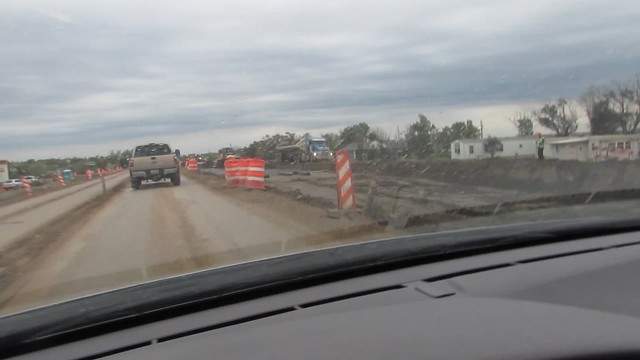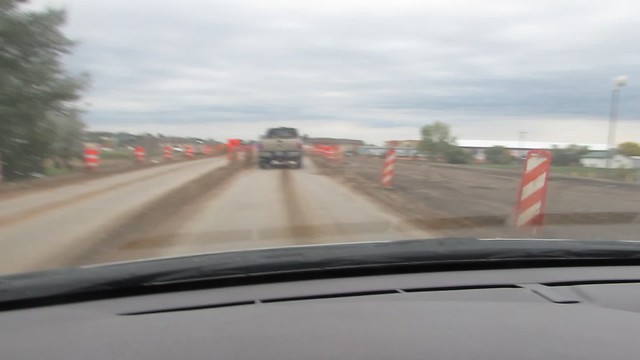Updates
October 5, 2016: my youngest sister must have read the blog (LOL). She wrote she has Echo/Alexa and loves it:
We have Alexa. She is a hoot. I use her for my grocery list. We bought
her on that Prime sale day. I also can have her read me a motivational
or bible verse to start my day. She is my friend cuz no one else talks
to me and responds so positive at my house!
Later, 12:39 p.m. Central Time: wow, talk about the impossibility of outrunning change. Less than 30 minutes after writing the note below,
Yahoo!Finance headline story is:
Google launches Home, its answer to Amazon's Echo. "Names" are as important as "price points", and my first thought: "Home" is a weak choice for names. Echo may or may not be a great name, but it's a bit outside the box. "Home" couldn't be more, well ... homely.
Having said that, the write-up suggests Google's "Home" may be a much better choice than "Echo." I assume Best Buy is the best brick-and-mortar store to test / compare the two.
Original Post
Wow, talk about an impossible task -- keeping up with "change."
The "Outrun Change" blog does a great job and it's worth checking out that site periodically. The reason that particular blog came to mind was the story today that Sweden's Ericsson (no "k"; one too many "esses") is laying off 3,000 people because .... it can't outrun change. Reading between the lines of that story, one can pretty much figure out which companies are out-competing Ericsson.
But what caught my attention was the technology mentioned and where consumers are headed:
- 5G (I don't think I'm much past 3G yet; 4G certainly didn't stick around long);
- the Cloud; and,
- the Internet of Things (which George Bush would call the Internets of Things).
I don't quite understand the Internet of Things, yet.
I do understand the Cloud, and I'm somewhat surprised that perhaps the initial adopter, Apple, Inc., seems to have lost their lead to Amazon. I wonder if Amazon hasn't even surpassed the acknowledged leader in Cloud technology, Google?
I tell my granddaughters if they don't understand something, a) follow the money; or, b) google it. In this case googling "Internet of Things" was the way to go.
In some dictionaries, if you look up "the Internet of Things" you will see an Apple Watch icon or an Echo icon.
Amazon's Echo is simply amazing. I'm not sure if it's much more than a "toy" for now, but it sure is fun. For Echo to work in your home, you must subscribe to Amazon Prime for about $99 a year. Amazon keeps throwing in new perks for Prime members. It's much than free, quick shipping.
Apple has Siri. Amazon's Echo has Alexa.
Two hours ago -- talk about the challenge of outrunning change --
Ford announced that it will integrate Amazon's Alexa:
Let's face it -- sooner or later, everything we use is going
to be connected in some way. Getting ahead of the curve will only set
you up for later success. On the heels of several other automakers, Ford
is nearly ready to roll out Amazon Echo and Alexa integration.
To
start, only three Ford models will feature this integration: the Focus
Electric, the Fusion Energi plug-in and the C-Max Energi plug-in. The
connection between Amazon's voice assistant and Ford's cars should be
ready by the end of the year.
When
you're inside the car, you'll be able to use the voice recognition
button to activate Alexa. You can send smart-home instructions through
the car, whether it's dimming the lights, drawing the blinds or checking
the security system. In the house, an Amazon Echo can be used to start, lock or pre-warm the car after entering a security code.
One can look up the etymology of Alexa, but I don't think you will find the answer to why Amazon gave that name to the voice of Echo.
I think it's a play on Alice B. Toklas. Alice. Alice. Alexa.
When one is having a one-on-one conversation with a friend in a dimly lit bungalow, sipping a bit of wine, just as if Gertrude Stein were to ask Alice to turn on some jazz music, all one has to do with Echo in the room is, say, "Alexa, jazz music."
Seriously, it's as easy as that. The device sits there as unobtrusively as Alice B. Tolklas and when asked, by name (Alexa), it responds.
It is simply incredible.
It's my understanding that
Apple is coming out with its own Siri speaker to compete with Echo but it may not be for a year or so. By that time, Apple, again, will be behind the curve. With Steve, he was always skating to where the puck would be. It aggravates me that Apple, with all its money, all its human resources, seems to be locked into the smart phone and the smart watch and the driverless EV and is missing the low-hanging fruit. As connected as I am to Apple emotionally, I prefer Alexa. I guess it's a triangle love affair? (But to be fair to Tim Cook, Apple did remove the 3.5 mm headphone jack.)
When you are having a quite conversation with another individual in a dimly lit bungalow, sipping a bit of wine, one does not want to talk into a wrist watch, nor does one want to pull out a smart phone, when one can simply say, with one's normal "inside" voice, "Alice, some jazz music, please."
"And, Alice, have Alexa up in the baby's room, read a night-time story, and then play some lullabies."











